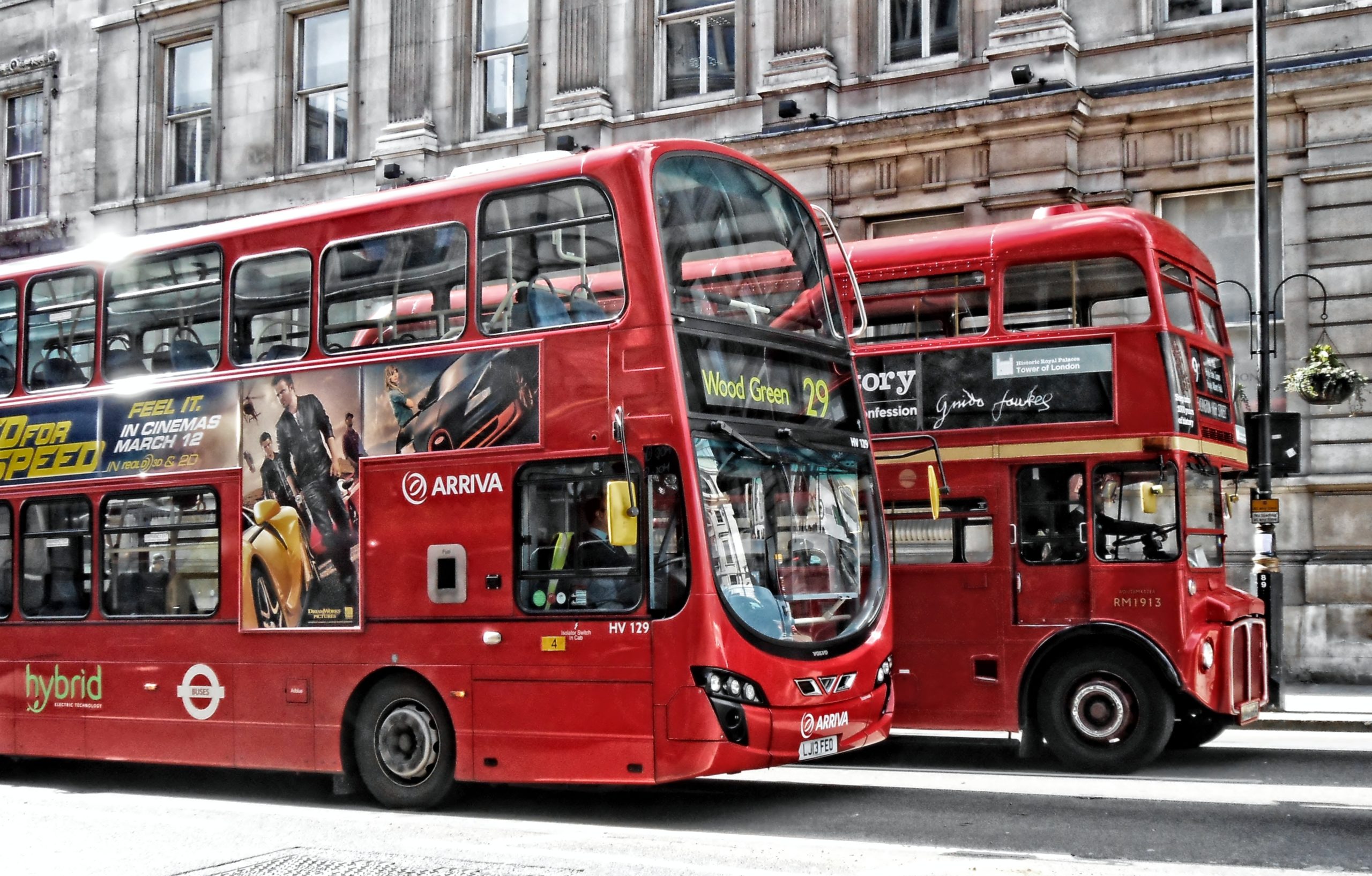With lockdown restrictions beginning to lift on the 13th of May, social media was soon rife with images of packed tube stations and trains filled to capacity. Commuters once again began their journeys to work, and Twitter responded with vitriol. Why were these people putting themselves and others at risk? Why weren’t they simply taking a different train, or walking, or cycling?
These questions show part of the bigger problem. The media’s manipulation of the public perception of those returning to work means we see them as the ones potentially causing a second spike of the coronavirus. Boris Johnson has escaped blame from the media, despite it being his order. His deliberate use of vague language on Sunday 10th’s broadcast, telling people that those who cannot work from home should be ‘actively encouraged to return to work’, gives way to disastrous consequences. For many in the construction or food service industry, this means potentially returning to a busy work environment, with few customers, and even fewer safety regulations. With many people, especially in London, favouring public transport over a private car, which many working-class people cannot afford anyhow, and unable to afford the switch to cycling, this has led to resumed use of the tube, bus network, and, therefore, the overcrowding.
Boris’s vagueness not only confused the nation, but it has allowed for companies to prey on their low-level workers once again, pressuring them into returning to work. By no longer guaranteeing workers protection through a stay-at-home order, he has placed the economy and private companies over human lives. Don’t be mistaken when you see the crowded carriages on Twitter: not one of these people wants to experience those cattle-cart conditions. With two tube lines, including the Circle Line, a city-centre service that covers many common workplaces stops, completely closed, and the rest running limited services, workers are forced to try to squeeze onto the early trains in a bid not to be late. Living in Britain’s most expensive city, these workers literally cannot afford to lose their jobs. For most, that now means putting their lives at risk.
Sadiq Khan, the Mayor of London, won an appeal to secure £1.6 billion in funding for Transport for London and is now expected to restore the full service as soon as possible. But with seven thousand staff, around a quarter, having been furloughed, it will be difficult to get TFL back on its feet. With businesses being advised to stagger staff start times, the full service will help prevent some of the crowding we’ve seen, but this won’t stop it entirely. Still, from Monday the 18th, Khan announced the reopening of the Circle Line, and eighty-five per cent of buses and seventy-five per cent of tube services should be restored.
With lockdown restrictions only becoming looser, expect to see more criticism of the public on social media. When you read the tweets from the journalists who are able to work from home or even the keyboard warriors, remember who is actually at fault. It is not the workers, those on minimum wage who need to work just to get by. It will be those that are able to stay safe at home: the business owners, the politicians who value the economy over workers’ lives, and critically, the Prime Minister.
Lizzie Wright
Image: Wikimedia Commons.

